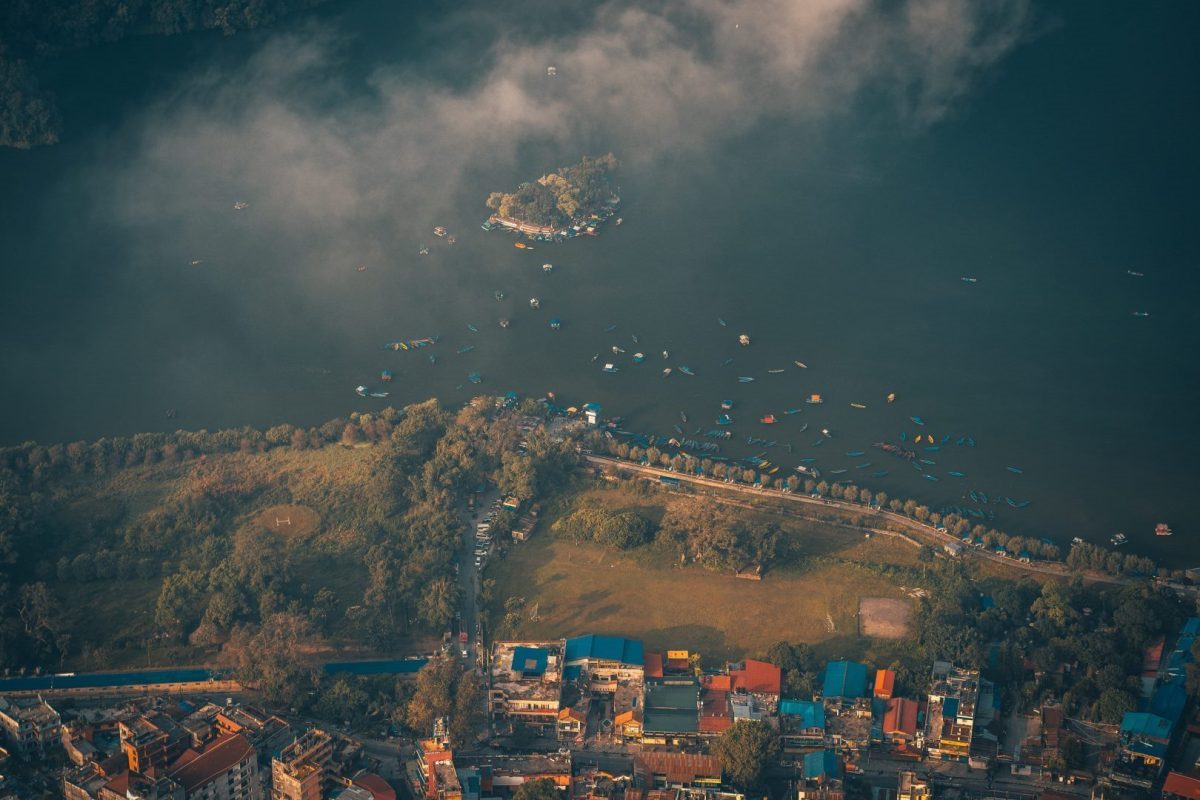A mesmerizing journey awaits you in the heart of the Himalayas, where snow-capped peaks and enchanting landscapes create an awe-inspiring setting. If you are seeking an authentic trekking experience, then look no further than the Poon Hill trek via Ghandruk, a popular multi-day trip that promises an unforgettable adventure. In this guide, we will provide you with valuable insights and essential tips to help you plan and make the most of your Himalayan escape.
Before we delve into the details, click here to check out the tour we will be discussing throughout this guide.
1. Trek Overview
- Duration: 5 days
- Location: Pokhara, Nepal
- Difficulty Level: Easy to moderate
- Highlight: Stunning sunrise views from Poon Hill
2. Why Choose the Poon Hill Trek via Ghandruk
- Scenic Route: Immerse yourself in the natural beauty of the Annapurna and Dhaulagiri ranges as you traverse through charming villages, lush forests, and terraced fields.
- Cultural Experience: Encounter the unique lifestyle and customs of the Gurung and Magar ethnic communities residing in the traditional village of Ghandruk.
- Sunrise Panorama: Witness an awe-inspiring sunrise from Poon Hill, offering a breathtaking panoramic view of the Himalayan giants like Annapurna, Dhaulagiri, and Machhapuchhre.
- Accessibility: The starting point of the trek, Nayapul, is easily accessible from Pokhara, a popular tourist destination in Nepal.
- Suitable for Beginners: This trek is suitable for individuals with a basic level of fitness and minimal trekking experience, making it a great choice for those new to the world of trekking.
3. Essential Packing List
- Lightweight and breathable clothing
- Sturdy trekking shoes
- Sleeping bag and thermal liner
- Backpack with rain cover
- Sunscreen, hat, and sunglasses
- Trekking poles
- Water purification tablets
- First aid kit
- Snacks and water bottle
- Camera and spare batteries
4. Weather and Best Time to Visit
- The best time to undertake the Poon Hill trek is during the spring (March to May) and autumn (September to November) seasons, when the weather is clear and stable.
- During these months, you can expect moderate temperatures during the day (around 15-20°C) and colder nights (around 5-10°C). However, be prepared for unpredictable weather in the mountains.
- Winter (December to February) brings colder temperatures and snowfall, making trekking more challenging. Monsoon season (June to August) is not recommended due to heavy rainfall and potential landslides.
5. Physical Fitness and Altitude Sickness
- A basic level of fitness is required for the Poon Hill trek, as it involves daily walking for several hours on uneven terrain. Regular cardio exercises, such as cycling or jogging, can help prepare your body.
- Acclimatization is crucial to prevent altitude sickness. It is recommended to spend a day in Ghorepani (2,860 meters) to allow your body to adjust before ascending further to Poon Hill (3,210 meters).
- Be aware of the symptoms of altitude sickness, such as headache, dizziness, nausea, and shortness of breath. If you experience severe symptoms, descend to a lower altitude and seek medical attention.
6. Accommodation and Meals
- During the trek, you will stay in basic teahouses or lodges along the trail. These accommodations provide comfortable beds with blankets, but it is advisable to bring your own sleeping bag for extra warmth and hygiene.
- Meals are typically served in communal dining areas and offer a variety of dishes including local Nepali cuisine and international options. Vegetarian and vegan diets can be accommodated, but inform your guide in advance.
7. Trekking Permits and Guide
- All trekkers to the Annapurna region require two permits: the TIMS (Trekkers’ Information Management System) card and the Annapurna Conservation Area Permit (ACAP). These can be obtained in Pokhara or upon arrival in Nayapul.
- While it is possible to trek independently, hiring a licensed guide is highly recommended. A guide provides valuable insights, ensures your safety, and enhances your overall trekking experience.
8. Eco-friendly Trekking Practices
- Respect the local culture, customs, and traditions.
- Minimize your ecological footprint by carrying your trash and disposing of it properly.
- Use reusable water bottles and purify water using tablets or filters rather than buying multiple plastic bottles.
- Support local businesses by purchasing souvenirs and meals from local shops and teahouses.
- Stay on designated trekking trails to avoid damaging fragile ecosystems.
Embark on an extraordinary journey to discover the hidden treasures of the Himalayas through the Poon Hill trek via Ghandruk. Immerse yourself in the stunning panorama, embrace the cultural richness, and create lifelong memories in the heart of Nepal’s majestic mountains.
Table of Contents

